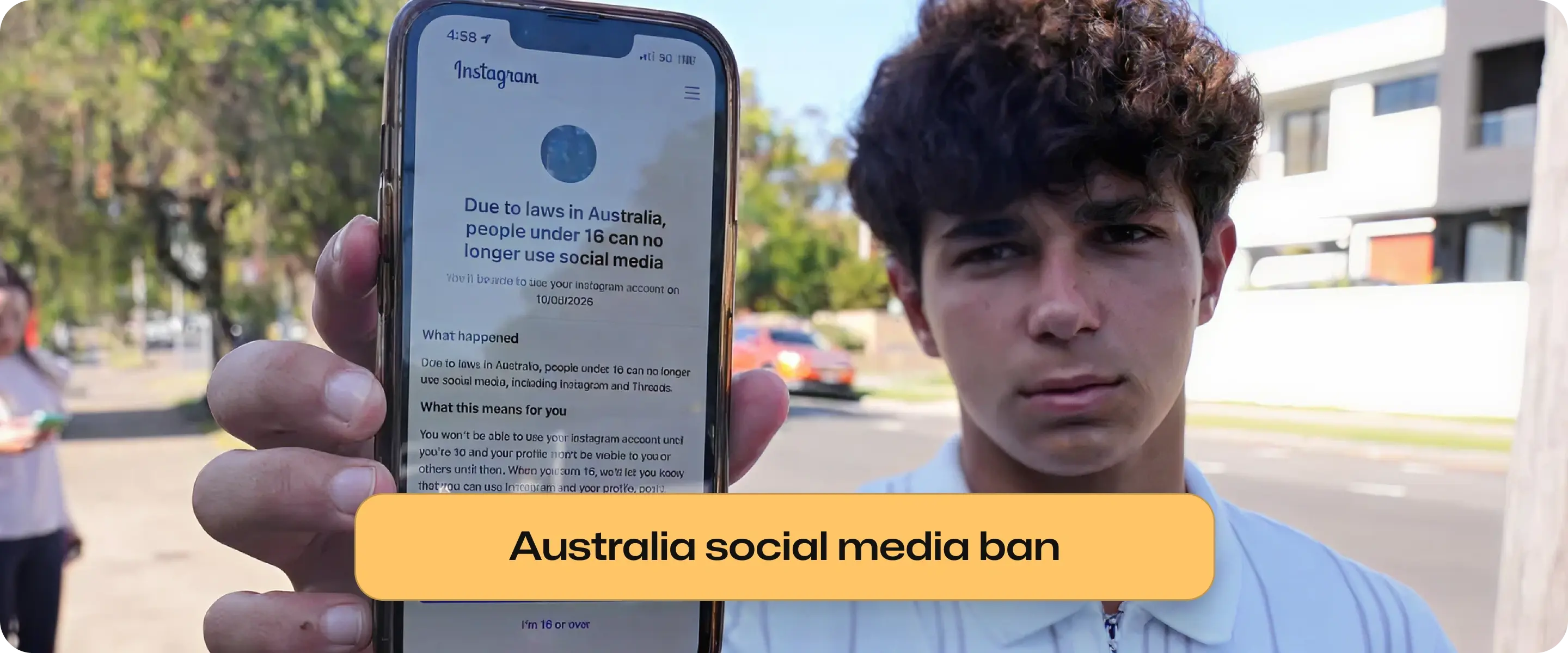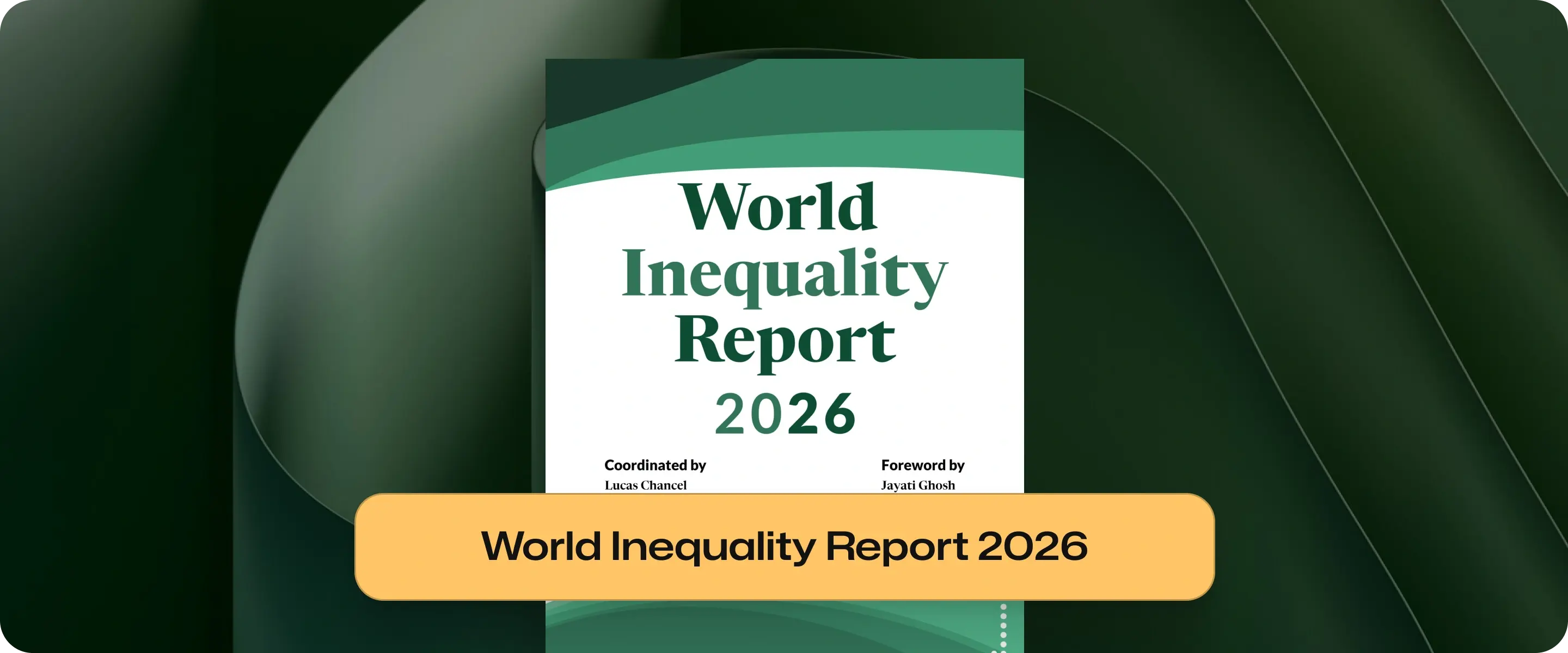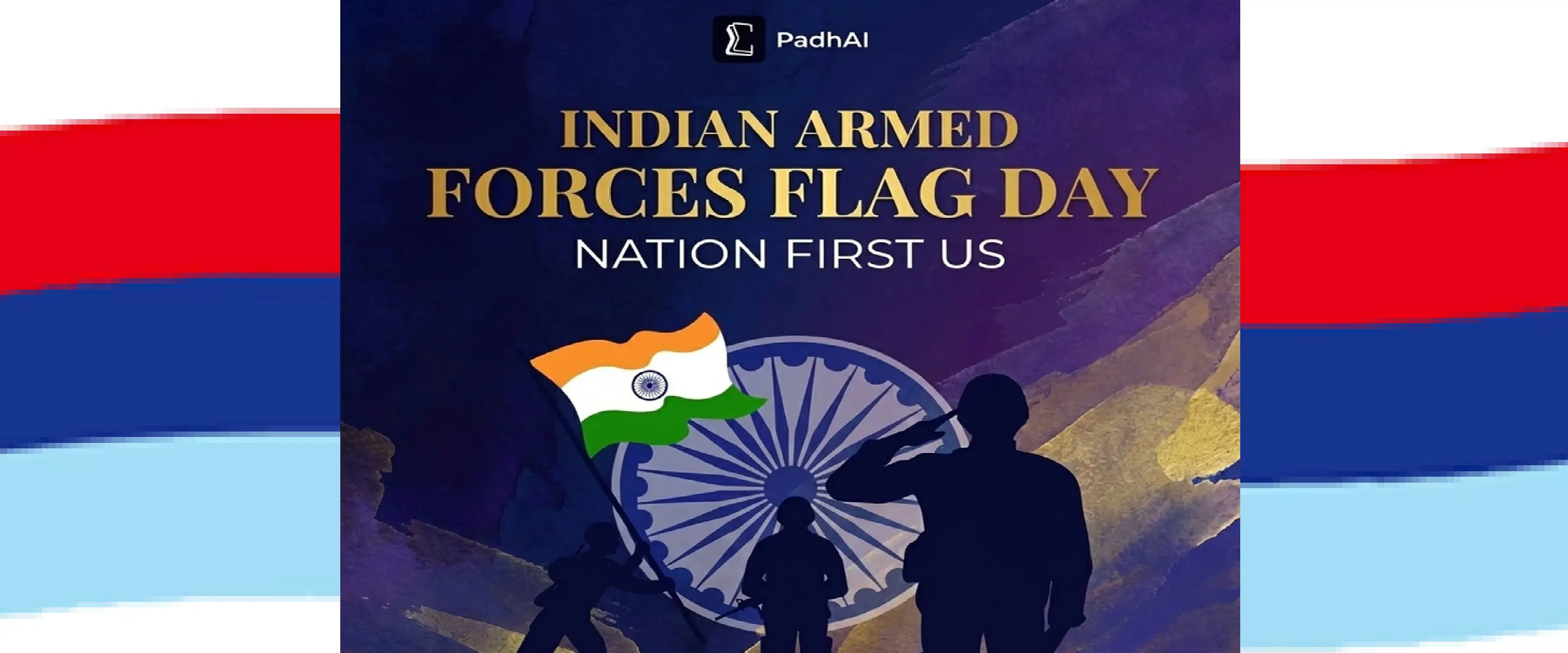Cloud seeding in Delhi 2025: Process, Benefits & Challenges
UPSC Prelims
Current affairs
Latest Update

Gajendra Singh Godara
Oct 29, 2025
10
mins read
Delhi faces a serious air pollution problem every winter. Thick smog and still winds trap harmful dust and smoke close to the ground. This makes breathing dangerous for millions of people.
Two trials of Cloud seeding were conducted on October 28, 2024. 16 flares fired with silver iodide and sodium chloride but no significant rainfall produced. Each trial cost ₹64 lakh. IIT Kanpur blamed low moisture (10-15%) for failure.
Meaning of Cloud seeding
Cloud seeding is a way to attempt to change the weather in order to get more rain. This is done by placing things like silver iodide or salt crystals into the clouds. This is also called “artificial rain.” Clouds need ice nuclei or condensation nuclei to make precipitation. This process artificially gives those particles to a compatible cloud which increases the chances of rain.
Delhi’s air-pollution challenge
Delhi’s air quality is notoriously poor, especially in winter. It often ranks as the world’s most polluted major city due to PM2.5/PM10 levels far above safe limits.
A typical winter day in Delhi can see PM2.5 levels 10–20 times the World Health Organization guideline. This dense smog (from vehicle exhaust, industry and crop-burning in neighboring states) severely impacts health
Conventional measures (like pollution controls, banning crop fires, odd-even vehicle plans) help slowly, but Delhi’s geographic and weather factors worsen things.
In the cold season, a stable layer of air traps pollutants near the ground, and cool winter air holds very little moisture – so even normal rain is rare. The lack of wind allows smoke to accumulate.
In short, typical anti-pollution steps become less effective when the weather keeps smog stuck. This is why a more “weather-based” idea like artificial rain is being explored as a temporary relief measure.
Cloud seeding plan in Delhi
To tackle winter smog, the Delhi government has approved a pilot cloud-seeding project. In May 2025 Delhi’s cabinet signed off on a plan (with a budget of about ₹3.21 crore) to carry out five artificial-rain trials.
The technical partner is IIT Kanpur (which has already developed a seeding mix of silver iodide, iodized salt and rock salt).
Expected benefits
If successful, these cloud-seeding flights could produce artificial rain over Delhi to wash out airborne dust and smoke.
Rainfall can significantly reduce PM2.5/PM10 levels by scouring particles out of the air. In principle, even light rain can improve visibility and make the air feel “cleaner” for residents.
The main benefit is short-term air quality relief: fewer particulates in the air and thus healthier breathing conditions immediately after the rain. It also boosts moisture in ground water very slightly.
Cloud Identification and Selection: Meteorologists use radar and satellite data to find the right cumulus clouds. These clouds need enough moisture and the right temperature, usually between -5°C and -15°C, for seeding to work well.
Seeding Agent Dispersal: Aircraft or ground-based machines release seeding substances. These include silver iodide (AgI), potassium iodide, sodium chloride, or dry ice (solid CO₂). They are released directly into or below the target cloud at specific heights.
Nuclei Formation and Condensation: The scattered particles serve as cloud condensation nuclei (CCN) or ice nuclei (IN). They mimic ice crystal shapes and offer surfaces for supercooled water droplets to freeze and condense around them. Supercooled water is liquid water that is below 0°C.
Crystal Growth and Coalescence: Ice crystals form and get heavier as they collect more water vapor. They join with nearby droplets in a process called coalescence. This process steadily increases their mass and density.
Precipitation: When ice crystals and water droplets get heavy enough, they fall as rain or snow. This usually happens when they are 20 to 30 times heavier than air. The type of precipitation depends on the temperature in the atmosphere.
Cloud seeding technology cannot create clouds from nothing. It only helps increase rain from clouds that already have enough moisture. Trying to seed dry air or clear skies does not work at all.
The Moisture and Cloud Availability Problem:
Between October and December, monsoon clouds recede from North India and it becomes dry and stable, just when pollution reaches its highest and seeding becomes urgent.
The process of cloud seeding needs moisture clouds, and trying to seed dry air does not work, making it pointless to use during the winters when pollution is high.
Dependence on Western Disturbances:
In the winter, the rainfall that North India gets is based on the Mediterranean western disturbances which are very hard to predict. This makes it hard to plan your seeding operations ahead of time.
Temporary and Limited Pollution Relief:
Cloud seeding provides only temporary, short-term removal of particulates. On the bright side, under the best conditions, cloud seeding increases precipitation by 10 to 15 percent.
Chemical Accumulation and Environmental Risks:
Things like silver iodide which is great for cloud seeding will linger in the soil and water after a while, even though the long term effect is unknown.
High Costs and Resource Misallocation:
Delhi cloud seeding is going to cost ₹3.21 crore and the results won't even be proven. Critics argue that the ₹3.21 crore allocation could be better spent on proven pollution control measures.
Lack of India-Specific Scientific Data:
India lacks systematic studies quantifying cloud seeding's effectiveness in Indo-Gangetic Plain conditions, making cost-benefit analysis and success measurement impossible.
Specific Challenges to Delhi's Cloud Seeding Initiative
Lack of rain-bearing clouds during the post-monsoon season (October–December) when western disturbances are infrequent and unpredictable.
Thin fog and low-altitude clouds in winter rather than tall, moisture-rich convective clouds suitable for seeding operations.
Rapidly dropping humidity levels in autumn and winter months make Delhi's atmosphere inherently unsuitable for cloud seeding.
Past operational failures where seeding attempts were canceled due to unsuitable cloud formations and unfavourable atmospheric conditions.
High pollution levels during seeding windows create airspace clearance delays and safety risks for aircraft operations in toxic air.
International examples
Cloud seeding is done for the purpose of getting more water or farming needs in many different countries. In the United States, over 8 western states (California and Colorado for example) do cloud seeding to increase the amount of snow in the mountains.
Gulf countries like the United Arab Emirates seed clouds to relieve dry conditions.
China runs the largest operational program in the world and an example of this is the use of silver iodide cloud seeding. China seeded clouds for the 2008 Olympics to clear the skies and reportedly made it rain to lower pollution before major events.
Indian scenario and relevance
India has experimented with cloud seeding during droughts. In the 1980s and 90s, Tamil Nadu flew aircraft over dry zones, and Karnataka tried seeding in 2003–04.
Most recently, a study in 2023 found that a hygroscopic seeding experiment in Maharashtra increased rainfall by about 18% over unseeded conditions.
Scientists in the Ministry of Earth Sciences project recommended using salt-based seeding in rain-starved regions when suitably cloudy. These examples show that cloud seeding can work under the right conditions (warm convective clouds with high moisture).
Cloud seeding technology is helpful for a short period of time, but for air quality to improve, it needs to be done sustainably and for a long time. That means it needs to be done by addressing the specific sources of the pollution. Here are to the point, evidence based, and reasonable alternatives:
Vehicular Emission Control: Imposing BS-VI fuel standards nationwide, and subsidizing electric vehicles, as well as charging stations.
Industrial Emission Standards: It requires Flue Gas Desulfurization (FGD) units and other pollution control technologies in coal-based power plants and refineries to remove coal-related SOx pollution.
Crop Residue Management: Create subsidies and stubble burning alternative support, such as Happy Seeders, to help stubble burning in Punjab, Haryana, and Uttar Pradesh.
Urban Greening Initiatives: To capture and expose more pollutants, extend and create more parks.
Cross-Border Coordination: Forming crop residue management teams with Punjab, Haryana, Uttar Pradesh’s border states to help with stubble burning. Since interstate pollution is about 30–40%, and in winter, Delhi gets its pollution from these states, which is a must.
Technology-Driven Solutions: Implementing Pariyayantra Filtration Units on buses (equivalent to six room air filters without power), install WAYU air purification units at traffic intersections, and build smog towers in high pollution areas.
Q. Artificial way of causing rainfall to reduce air pollution makes use of (2025)
silver iodide and potassium iodide
silver nitrate and potassium iodide
silver iodide and potassium nitrate
silver nitrate and potassium chloride
Answer: (a)
Q. In the context of which of the following do some scientists suggest the use of cirrus cloud thinning technique and the injection of sulphate aerosol into the stratosphere? (2019)
Creating the artificial rains in some regions
Reducing the frequency and intensity of tropical cyclones
Reducing the adverse effects of solar wind on the Earth
Reducing the global warming
Answer: (d)
Frequently asked question (FAQs)
Cloud seeding is an intriguing weather-modification tool that has sparked debate. The process of injecting particles to induce rainfall is well-defined, and Delhi’s pilot program illustrates its real-world application. However, research shows its effectiveness is generally modest and uncertain. Delhi’s case highlights both potential and caveats: induced rain might wash away smog temporarily, but the city’s dry winter climate and operational challenges mean results are far from assured. It must be integrated with broader environmental and governance policies.
UPSC Calendar 2026 is released on 15th May, 2025.
UPSC Mains Result 2025 is now released.
Check out the updated and latest UPSC Syllabus 2026 here.
UPSC Notification 2025 was released on 22nd January 2025.
UPSC Prelims Question Paper 2025 and Unofficial Prelims Answer Key 2025 are available now.
UPSC Prelims 2026 will be conducted on 24th May, 2026 & UPSC Mains 2026 will be conducted on 21st August 2026.
The UPSC Prelims 2026 is scheduled for May 24, 2026, while the UPSC Mains 2026 will be conducted from August 21, 2026.
The UPSC Selection Process is of 3 stages-Prelims, Mains and Interview.
UPSC Result 2024 is released with latest UPSC Marksheet 2024. Check Now!












